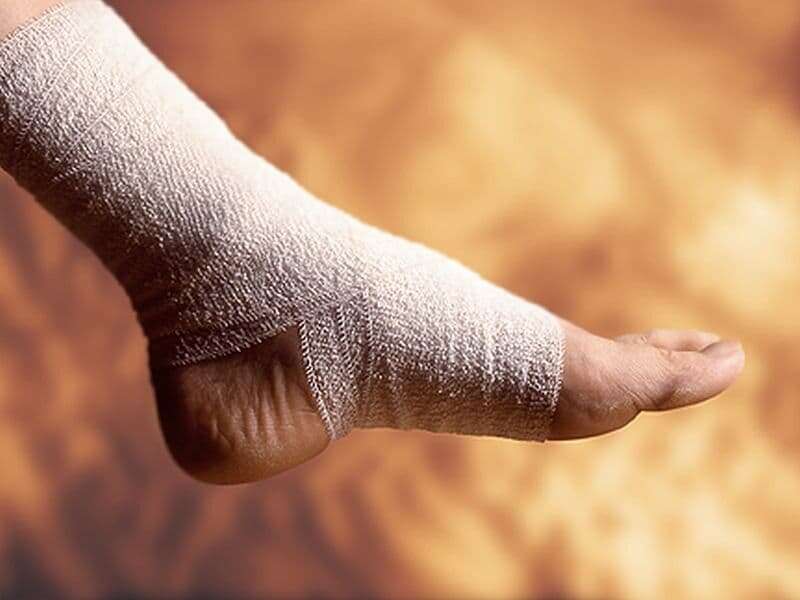About 12 percent with ankle sprain fill opioid prescriptions

(HealthDay)—Overall, 11.9 percent of patients diagnosed with an ankle sprain fill an opioid prescription within seven days of diagnosis, according to a research letter published online July 9 in the Annals of Internal Medicine.
Fred T. Finney, M.D., from the University of Michigan in Ann Arbor, and colleagues assessed the rate of opioid prescriptions within seven days after ankle sprain and the rate of new, persistent opioid use (prescriptions 91 to 180 days after the initial prescription) using data from a commercial health insurance claims database.
The researchers identified 591,663 patients who were diagnosed with ankle sprain between Jan. 1, 2008, and Dec. 31, 2016; 11.9 percent of these patients filled an opioid prescription within seven days of diagnosis. Among this cohort, 454,813 patients were opioid-naive and 8.3 percent filled an opioid prescription within seven days of diagnosis. In this group, the rate of new, persistent opioid use was 8.4 percent. The most commonly prescribed opioids were hydrocodone, tramadol, and oxycodone (62.3, 15.6, and 11.5 percent, respectively). Prescriptions were mainly provided by physicians and advanced practice providers (77.4 and 18.9 percent, respectively) in emergency medicine and primary care settings (38.2 and 31.6 percent, respectively).
"It is imperative that clinicians identify which injuries are appropriate for opioid therapy and develop and adhere to appropriate evidence-based prescribing guidelines," the authors write.
More information: Abstract/Full Text (subscription or payment may be required), DOI: 10.7326/M19-0679
Copyright © 2019 HealthDay. All rights reserved.




















